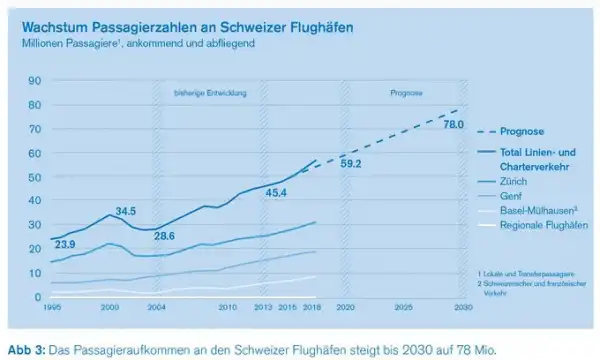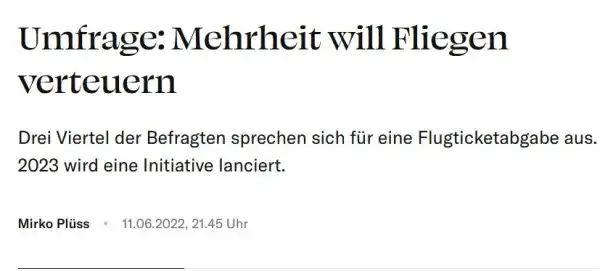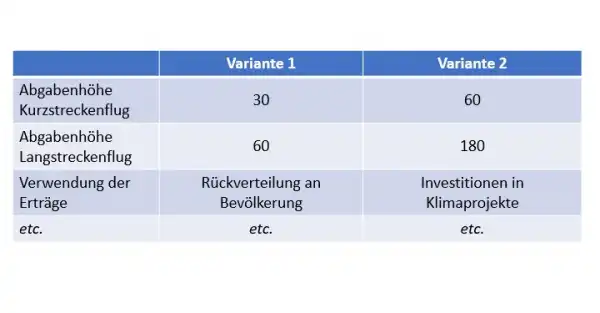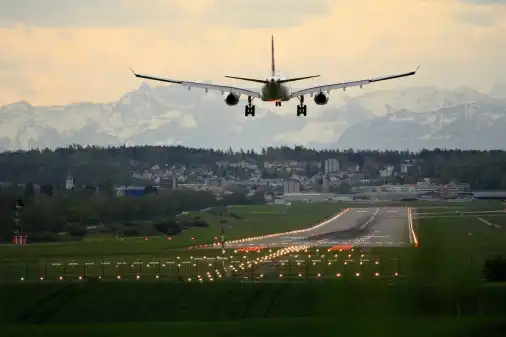2022
Study on air travel tax
Voting experiment on introduction of tax in Switzerland

Project Overview
I want to analyse the factors that lead to an approving/opposing stance on an air travel tax among the Swiss population. This is possible thanks to the conjoint analysis method. Unlike previous, more conventional surveys done on the topic, it can capture the multidimensionality of such a tax and provide more significant and meaningful insights. The findings can be of great value for the futute design process of an air travel tax policy.
Funding goals
-
Stage 1:
5.500 CHF
100% funded
With this amount, the study can be conducted through a market research institute abroad. The panel will also be filled with Swiss participants and the representativeness of the sample is given. However, compared to a Swiss market research institute, the foreign one would bring less significance and publicity.
-
Finish Stage:
13.000 CHF
4% funded
This amount enables the best case scenario: conducting the study through a Swiss market research institute. In terms of meaningfulness and publicity, there is no better option. It is for this reason that researchers at Swiss institutes prefer this option.
I am convinced that an academic paper on the topic can be highly valuable in that it can help reignite a urgently needed political debate on the topic. If air travel figures continue to grow as forecast, the emissions avoided through the use of synthetic fuels will quickly be outweighed by the added emissions from increased air travel. And it is pretty much common sense by now that emissions from air travel must sink dramatically.
Source graph: www.umverkehr.ch

Source image: magazin.nzz.ch

Based on the attributes and levels, hypothetical versions of an air travel tax are generated, i.e., for each attribute a level is randomly selected. Then, the two randomly generated versions are displayed side-by-side. At this point, the participant must decide which of the two versions he/she prefers (see example in table below). This choice task is repeated multiple times, each time with two newly generated versions.
In the end, through statistical analysis, we can identify which of the attributes (and its levels) were important to the participant, and which attributes were ascribed little to no importance. For instance, it seems likey that a higher level in the attribute "tax rate short-haul flight" will decrease acceptance of a tax, all else being equal. At the same time, it might well be that a majority of the pariticipants does not care about the attribute "use of earnings", i.e., their acceptance/opposition does not change when changing from "redistribution to population" to "investment in railway network", all else being equal. All this can be identified thanks to the Conjoint Analysis method.
This is where the added value lies compared to "traditional" surveys: With the help of these findings, political actors working on an air travel tax policy in the future will understand, with regard to which attributes special caution is recommended - and for which attributes they enjoy discretion.


I am a student of International Relations at the University of St. Gallen and currently writing my master's thesis. Though some believe that the endeavour is too ambitious for a master's thesis, my aim is to make a valuable contribution to the discussions surrounding the introduction of an air travel tax in Switzerland. It is an essential discussion, as emissions from air travel simply must decrease sharply if we are to reduce our greenhouse emissions sufficiently.
Popular goodies
News
Boosters

